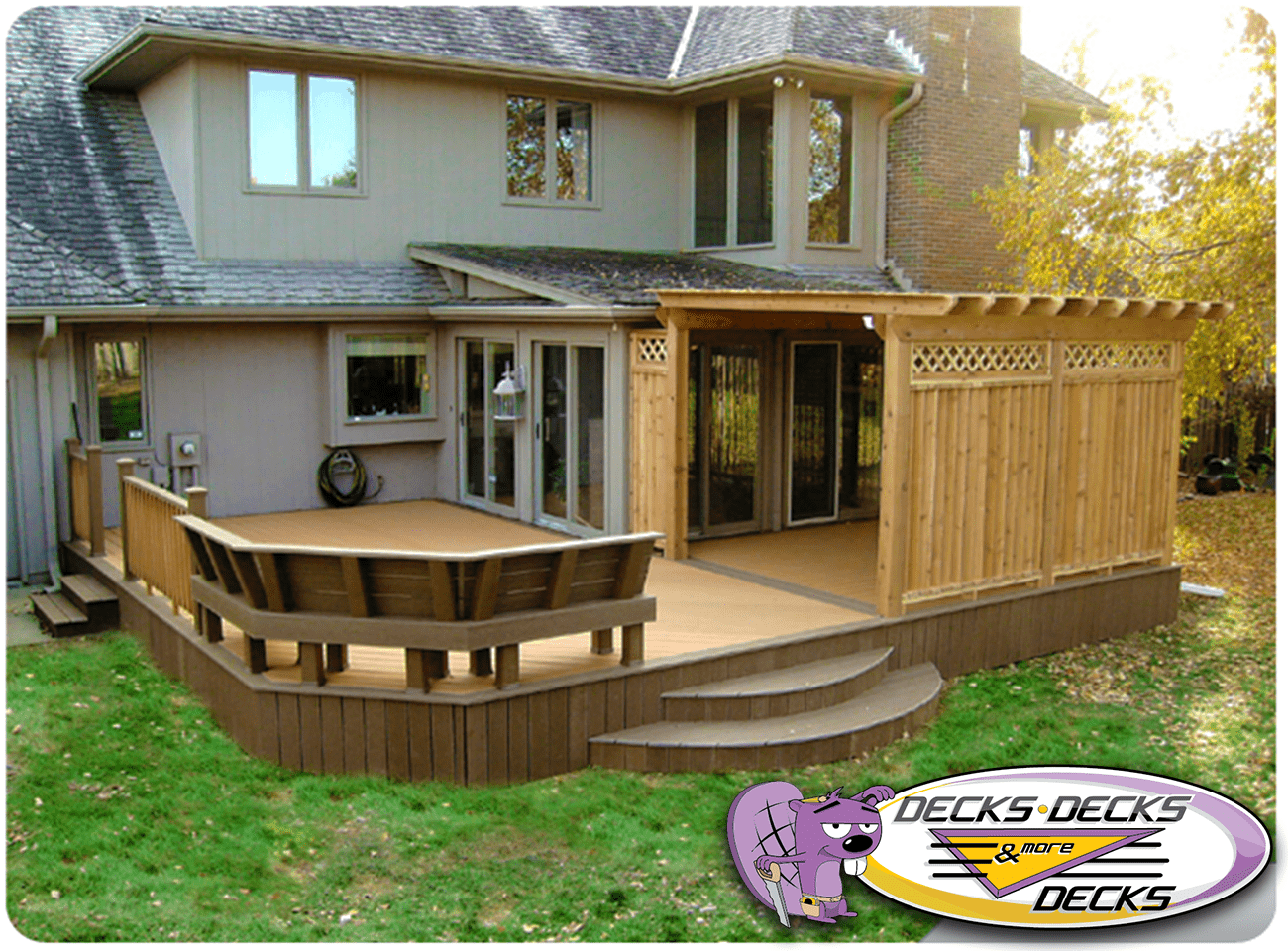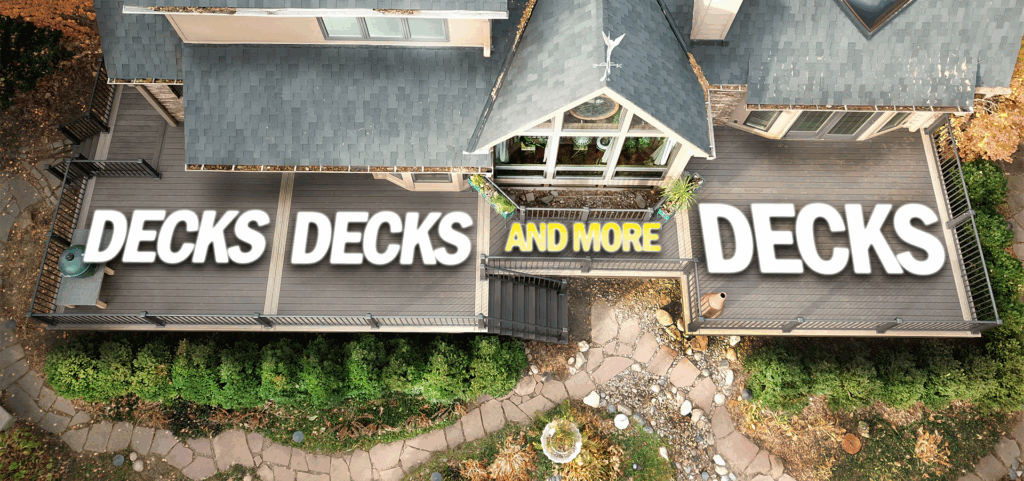Deck Upgrades: Transform Your Outdoor Space with These Creative Ideas
Your deck is more than just a platform—it’s an extension of your home where you can relax, entertain, and enjoy the outdoors. If your deck feels outdated or underwhelming, it may be time for an upgrade. From aesthetic enhancements to functional improvements, here are some creative deck upgrades to take your outdoor space to the next level.
1. Add Built-In Seating
Built-in benches or sectional seating not only save space but also provide a cohesive look to your deck. Customize them with cushions and storage underneath to maximize comfort and functionality.
2. Incorporate Deck Lighting
Deck lighting enhances ambiance and safety. Options include:
- Recessed Lighting: Perfect for steps and pathways.
- Under-Rail Lights: Create a soft glow along railings.
- String Lights: Add a whimsical touch for evening gatherings.
These lighting solutions transform your deck into a usable space after dark.
3. Upgrade to Composite Decking
If your deck boards are worn or hard to maintain, consider upgrading to composite decking. It’s durable, low-maintenance, and available in various colors and textures to match your style.

4. Install a Pergola or Roof
A pergola or roof provides shade, defines the space, and adds architectural interest. A roof also makes your deck usable in all weather conditions, turning it into a versatile outdoor retreat.
5. Add Built-In Planters
Incorporate built-in planters to add greenery and charm to your deck. Use them to grow flowers, herbs, or decorative shrubs, creating a natural transition between your deck and backyard.
6. Upgrade Your Railings
Modernize your deck with upgraded railings. Options include:
- Cable Railings: Sleek and unobtrusive, perfect for contemporary designs.
- Glass Panels: Offer an open view while maintaining safety.
- Metal Railings: Durable and stylish for a modern-industrial look.
Upgraded railings enhance both aesthetics and functionality.
7. Add an Outdoor Kitchen or Bar
Turn your deck into an entertainment hub with an outdoor kitchen or bar. Include features like a grill, mini-fridge, and prep space to make hosting gatherings seamless and enjoyable.
8. Install Privacy Screens
If you want more seclusion, add privacy screens to your deck. Materials like lattice, wood slats, or decorative panels provide coverage while maintaining style.
9. Include a Fire Pit or Heater
A fire pit or deck heater allows you to use your deck year-round. From cozy evenings to cool autumn gatherings, this upgrade creates a warm and inviting atmosphere.
10. Decorative Features and Finishing Touches
Small details can make a big impact:
- Rugs and Cushions: Add comfort and color.
- Decorative Lighting: Lanterns or fairy lights create charm.
- Outdoor Art: Weather-resistant sculptures or wall hangings personalize your space.
These touches tie your deck’s design together and make it uniquely yours.
Final Thoughts on Deck Upgrades
Deck upgrades can dramatically improve the look, feel, and functionality of your outdoor space. Whether you’re adding built-in features, upgrading materials, or enhancing aesthetics, even small changes can make a big difference. Start planning your dream deck today and turn it into a space you’ll love for years to come.
 free estimates: (402) 690-1050
free estimates: (402) 690-1050

